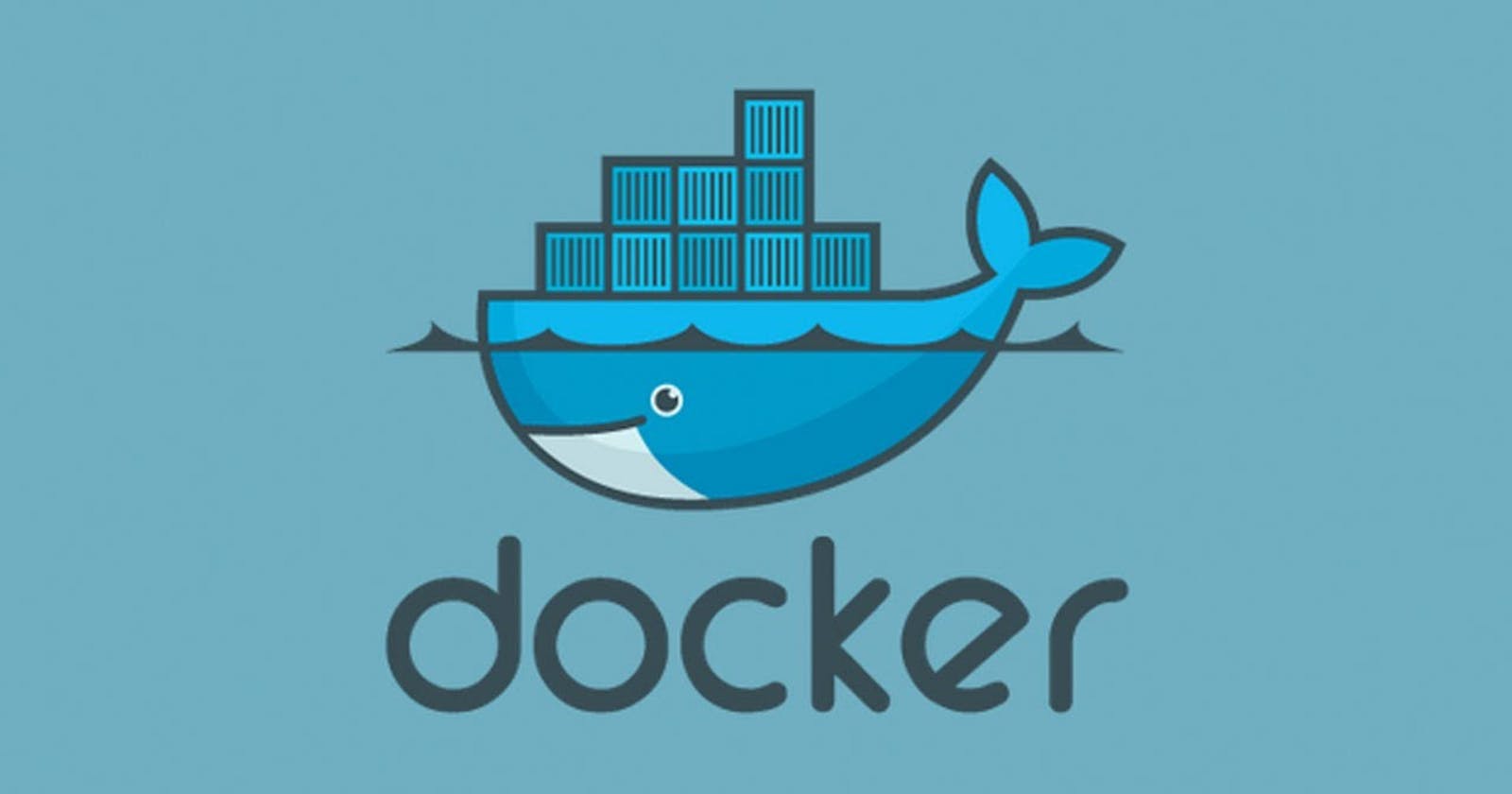Introduction
Welcome to the Docker adventure! Imagine containers as tiny packages holding everything an app needs to work. We'll explore Docker volumes, like secret storage rooms, Docker networks that connect these packages, Docker Compose that coordinates them like a conductor, multistage builds for efficient crafting, docker swarm for building clusters and Docker pushes to share our creations globally. Let's dive in and make Docker's magic easy to grasp!
Docker volume
Docker volume is like a digital storage box that containers use to save and share their important stuff, such as files and data. It's like having a safe place outside the containers where data can be kept, even if the containers themselves come and go. This helps applications to work better together and keeps data safe and handy.
Commands:
Creating a Volume:
docker volume create mydataListing Volumes:
docker volume lsInspecting a Volume:
docker volume inspect mydataUsing a Volume with a Container:
docker run -d -v mydata:/app/data myapp-d: Runs the Docker container in the background (detached mode).-v: Links a Docker volume to a directory inside the container for data storage and sharing.
Removing a Volume:
docker volume rm mydatarmis a command used to remove Docker resources like containers, images, volumes, or networks.
Docker network
Docker network is like a virtual bridge that lets different containers communicate with each other in a safe and organized way. It's similar to connecting devices to the same Wi-Fi network, allowing them to share information and work together while staying isolated from the outside world.
Types:
Default Bridge Network: Containers on the same computer can talk with each other automatically. It's like being in the same room.
Custom Network: You can create your own groups for containers to talk within. It's like setting up virtual meeting rooms.
Host Network: Containers use the host computer's network. They act like they're using the same computer's connection.
Macvlan Network: Containers get their own virtual identity on the network, like having their own phone number.
None Network: Containers are isolated, like having a private space where nobody can see them.
Overlay Network: Containers on different computers can talk as if they're in the same space, even if they're far apart.
IPvlan Network: Like Macvlan, containers share the same network door while having different "phone numbers."
Docker compose
Docker Compose is a tool for managing multiple containers at once.
You create a script (docker-compose.yml) that defines each service and how they work together (networks and volumes).
When you run the script, Docker Compose sets up and runs all the containers as a coordinated team.
It simplifies creating and managing complex environments by handling everything at once.
Commands:
Starting Containers: Start services defined in the
docker-compose.ymlfile:docker-compose upStarting in Detached Mode: Start services in the background (detached mode):
docker-compose up -dStopping Containers: Stop and remove containers, networks, and volumes:
docker-compose downViewing Running Containers: List containers of your project:
docker-compose psScaling Services: Scale a service to run a specific number of instances:
docker-compose up -d --scale service_name=num_instancesViewing Logs: View logs for services:
docker-compose logsYAML File example:
yamlCopy codeversion: '3' services: web: image: nginx ports: - "80:80" db: image: mysql environment: MYSQL_ROOT_PASSWORD: examplepassword
Mulitstaged Docker build
Multistage Docker build is like a smart way to create a compact final image for your application.
With multistage builds, you start by preparing the ingredients (like source code and libraries) and then, in a second stage, you cook them into the final image. This means you don't need to carry around unnecessary tools and materials in the finished image, making it smaller and more efficient. It's like creating a clean and neat masterpiece without revealing all the behind-the-scenes steps.
Example:
# Stage 1: Build
FROM python:3.9 AS builder
WORKDIR /app
COPY requirements.txt .
RUN pip install --user -r requirements.txt
# Stage 2: Final Image
FROM python:3.9-slim
WORKDIR /app
COPY --from=builder /root/.local /root/.local
COPY . .
ENV PATH=/root/.local:$PATH
CMD ["python", "app.py"]
In this example:
Stage 1: The builder stage uses a larger Python image to install dependencies and build the application. It's like preparing the ingredients.
Stage 2: The final image uses a smaller Python image (Python 3.9 slim) and copies only the necessary dependencies and the application from the builder stage. It's like serving the finished dish without extra tools.
Docker hub?
Docker Hub is like a central marketplace for Docker containers. It's like a huge library where you can find, share, and download containers filled with software or applications.
Docker push to Docker hub
Certainly! To push a Docker image to Docker Hub, follow these steps:
Login to Docker Hub: Use the following command to log in to your Docker Hub account. Replace
usernameandpasswordwith your actual Docker Hub credentials.docker login -u username -p passwordTag Your Image: Before pushing, ensure your local image has the correct tag indicating the repository on Docker Hub. Use the following command, replacing
username/repo_name:tagwith your Docker Hub repository details and desired tag.docker tag local_image:tag username/repo_name:tagPush to Docker Hub: Now you can push the tagged image to Docker Hub using the following command:
docker push username/repo_name:tag
Docker Swarm?
With Docker Swarm, you can create a group of Docker containers that work together seamlessly across multiple computers.
Commands:
Initialize Swarm:
docker swarm initJoin a Swarm as a Worker:
docker swarm join --token <token> <manager-node-IP>:<port>Join a Swarm as a Manager:
docker swarm join-token managerList Nodes in the Swarm:
docker node lsCreate a Service:
docker service create --name <service-name> <image-name>List Services:
docker service lsInspect a Service:
docker service inspect <service-name>Scale a Service:
docker service scale <service-name>=<replica-count>Remove a Service:
docker service rm <service-name>Leave Swarm:
docker swarm leave
Let's Connect:
Thank you for reading my blog! Your time and interest are greatly appreciated.

